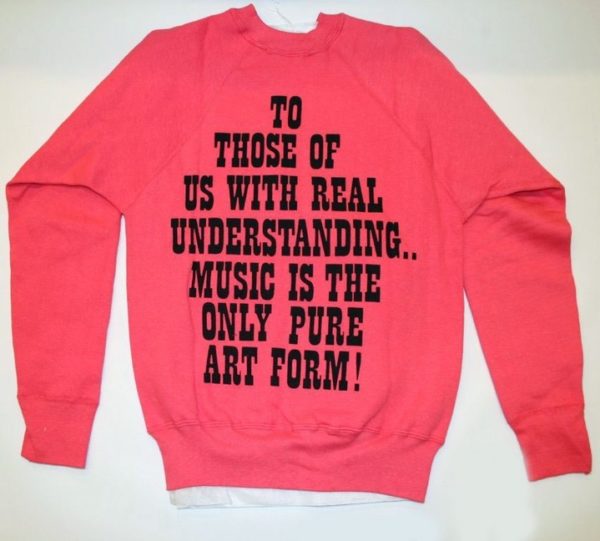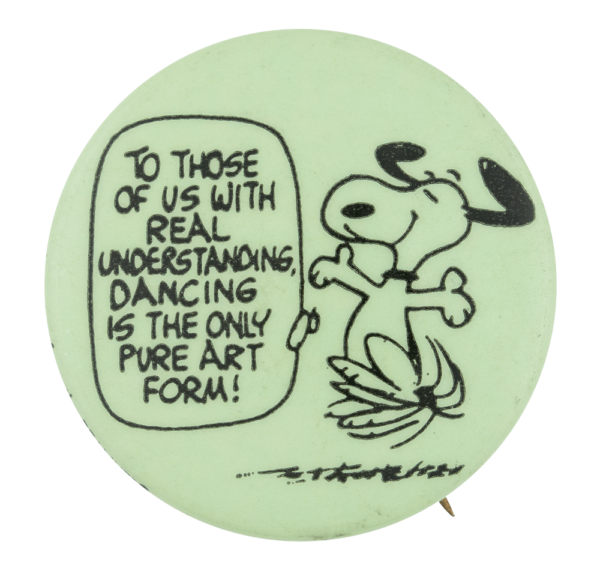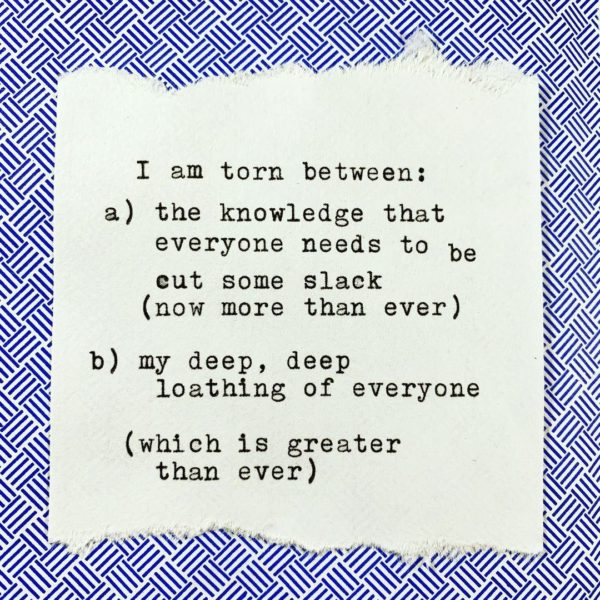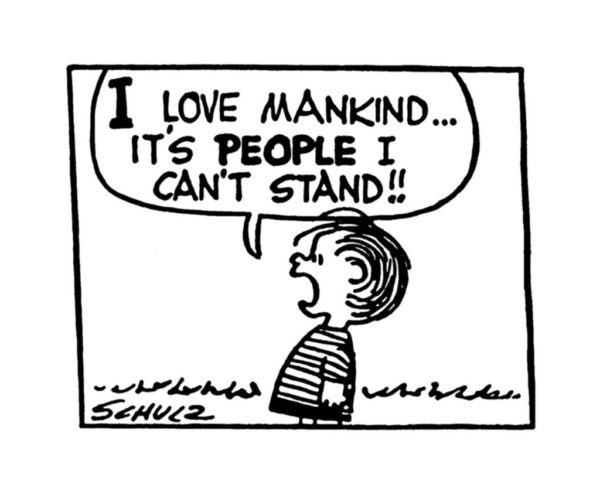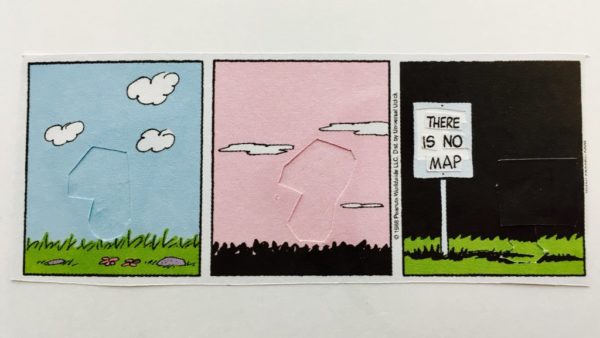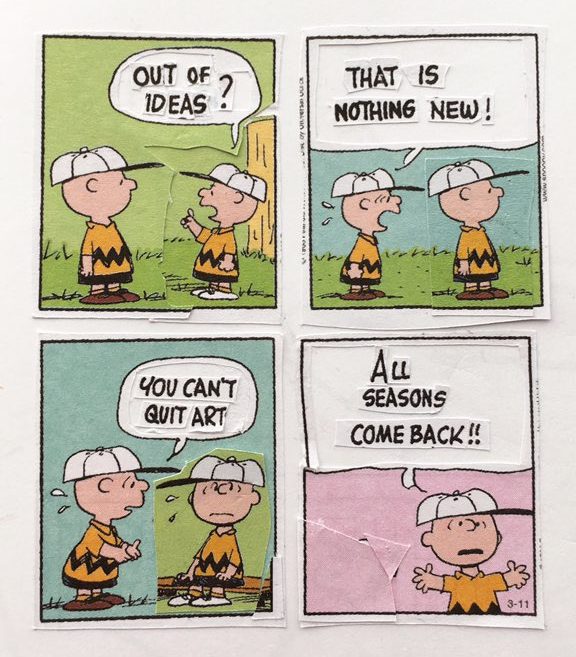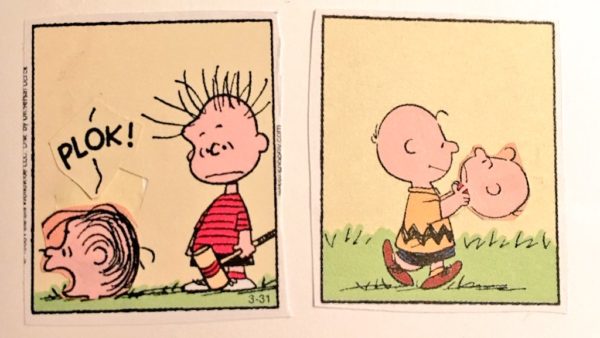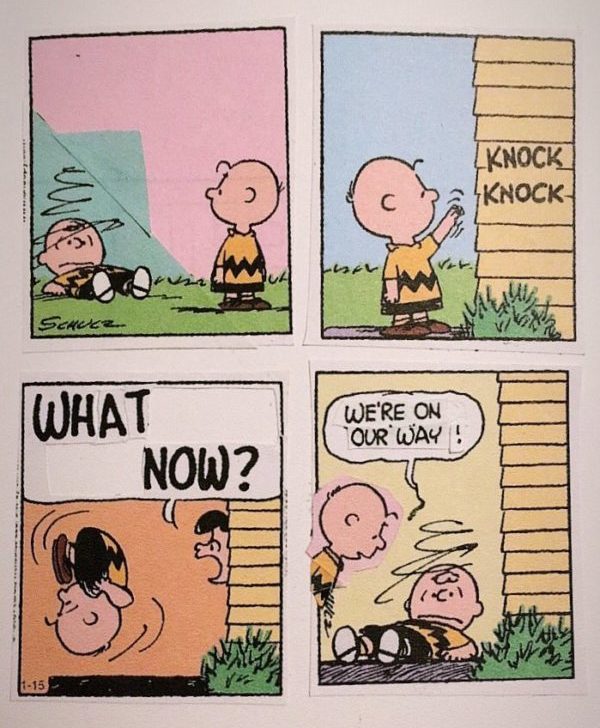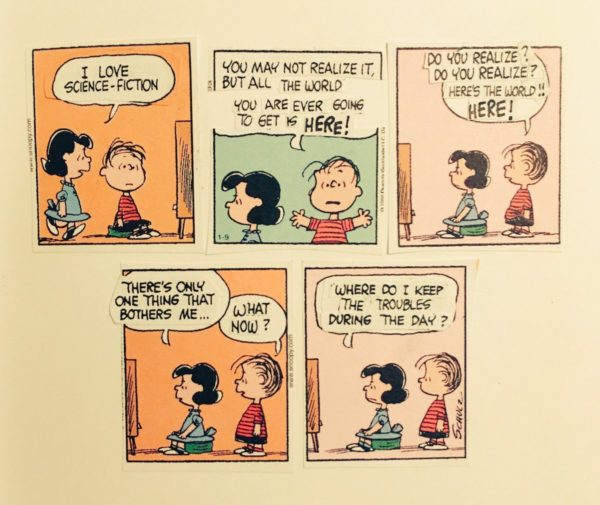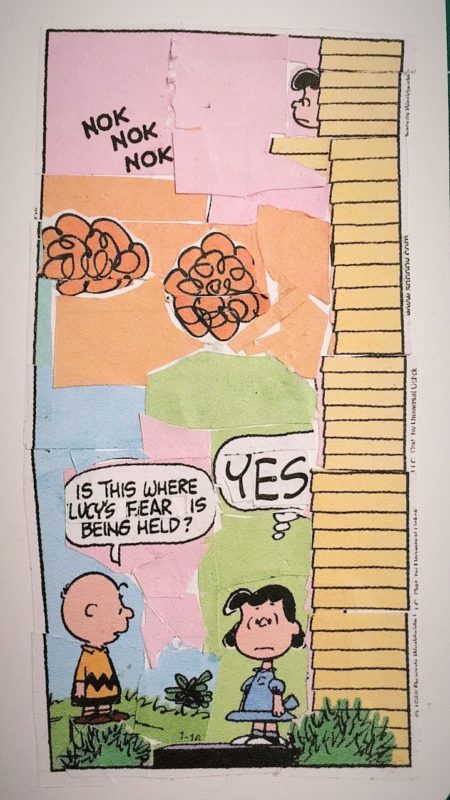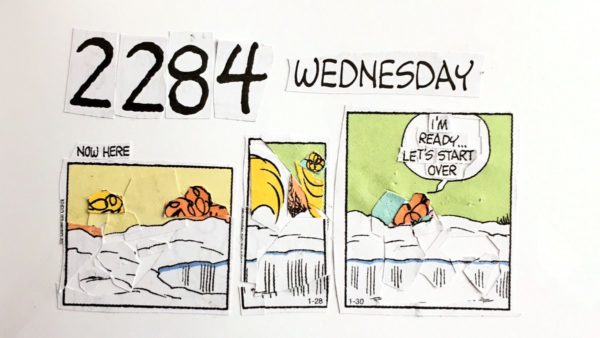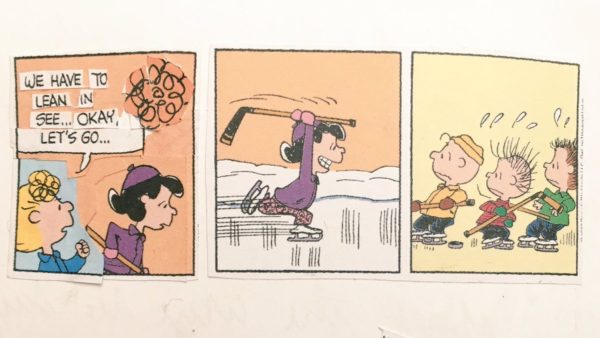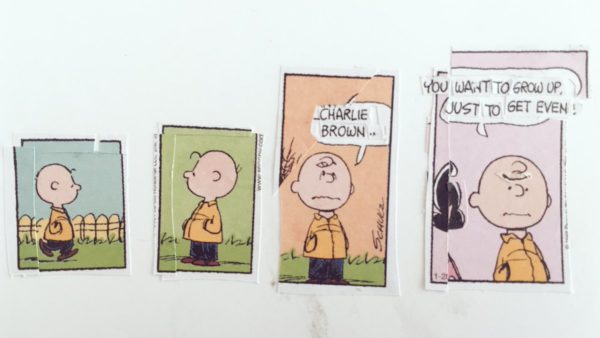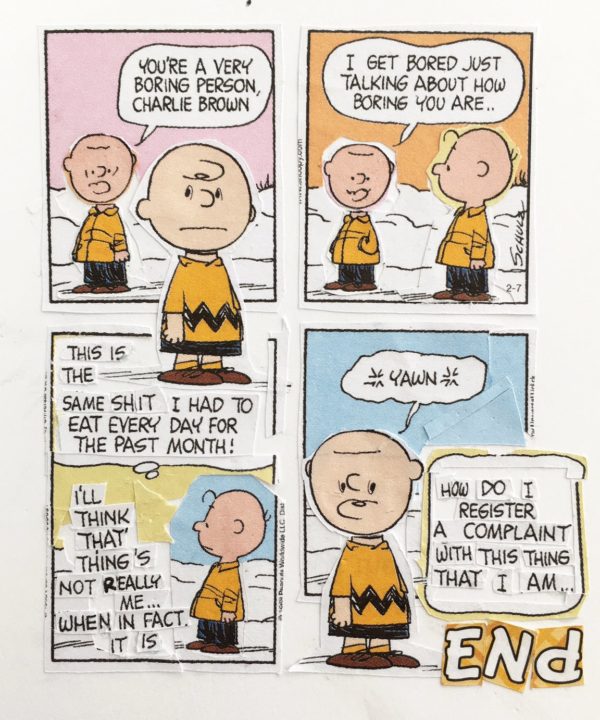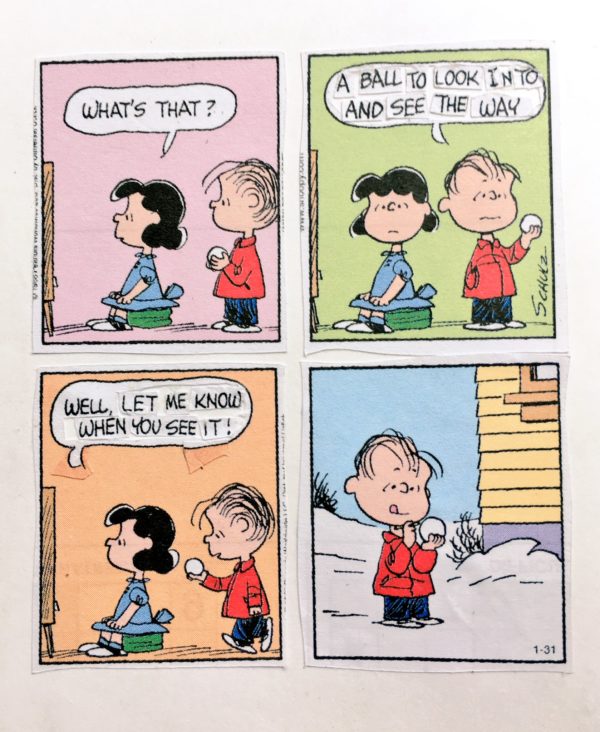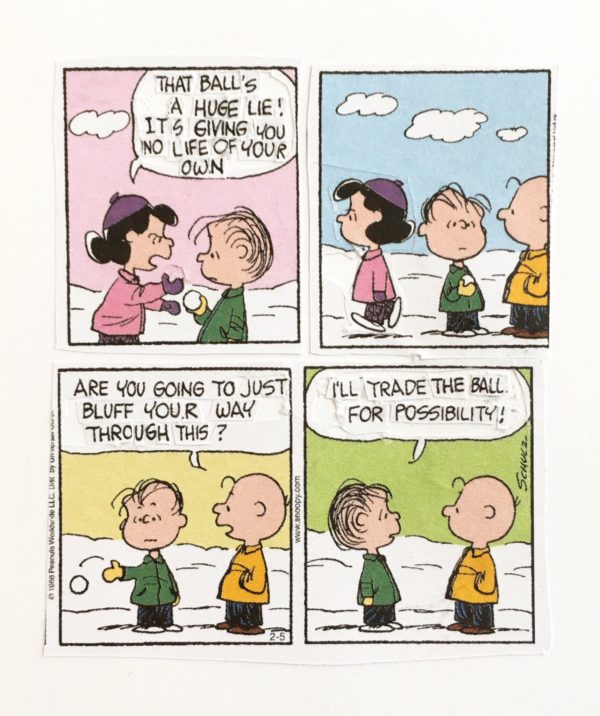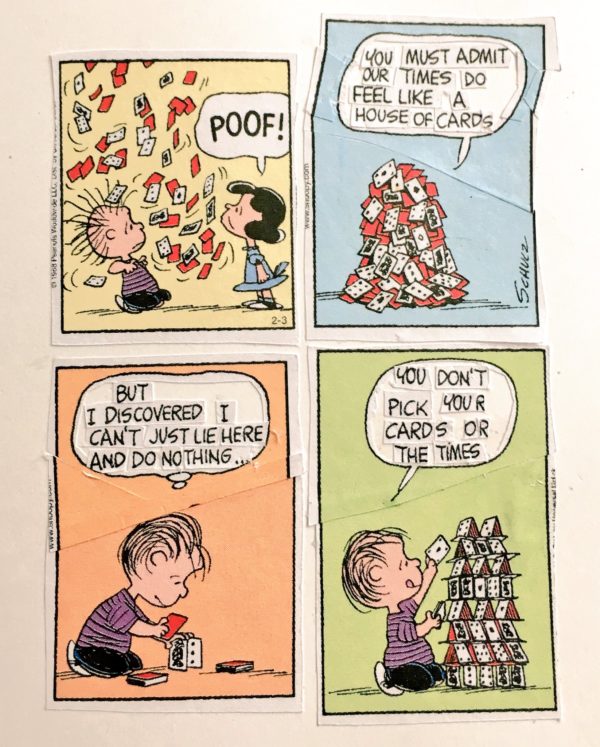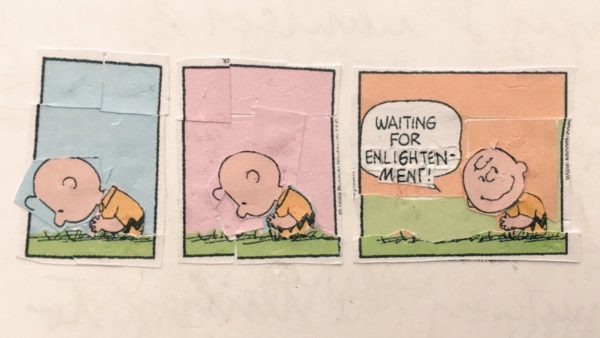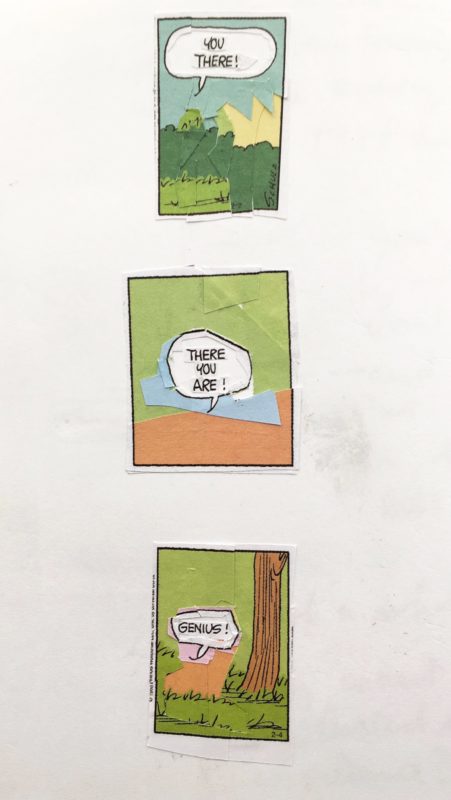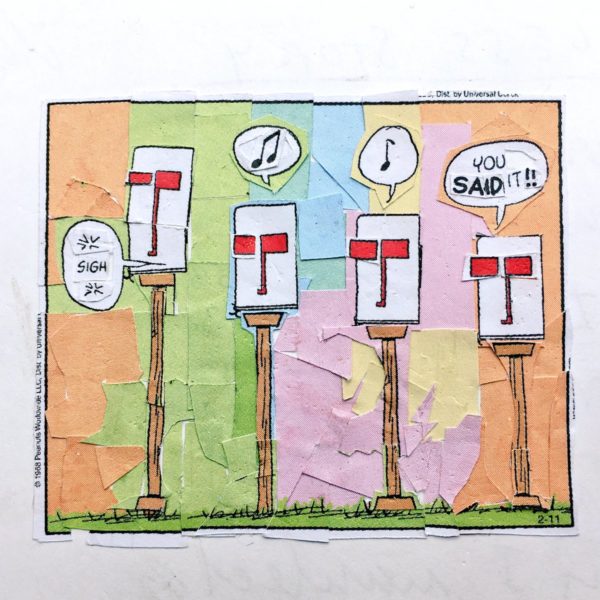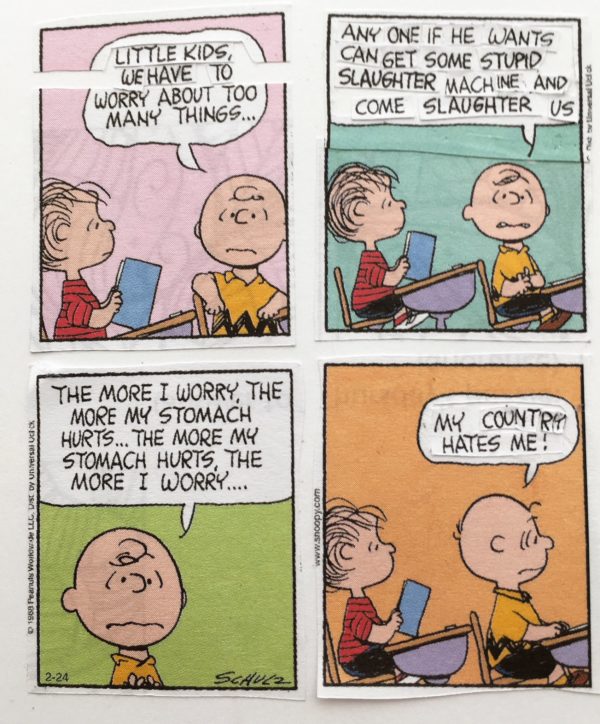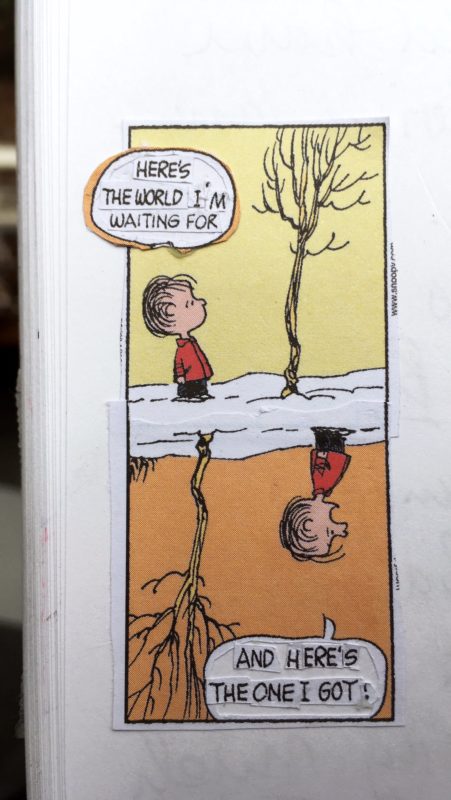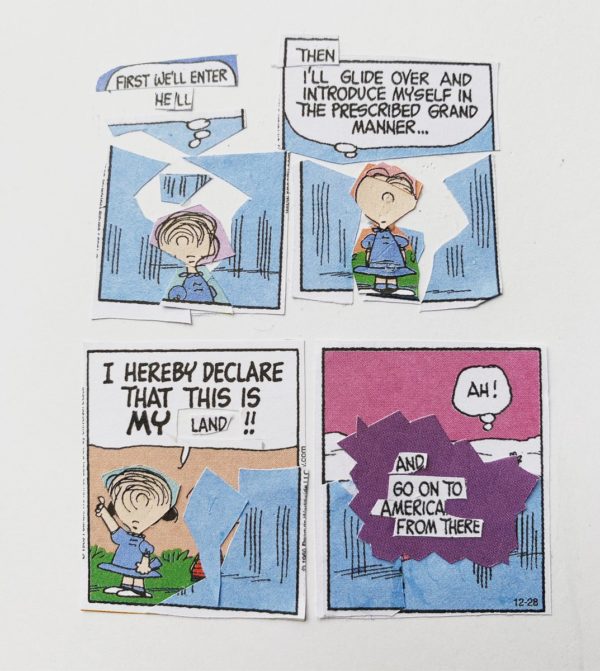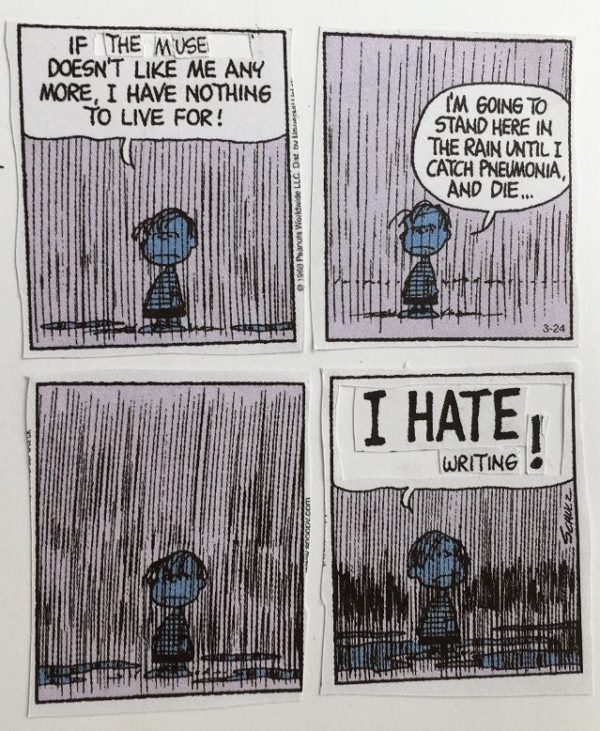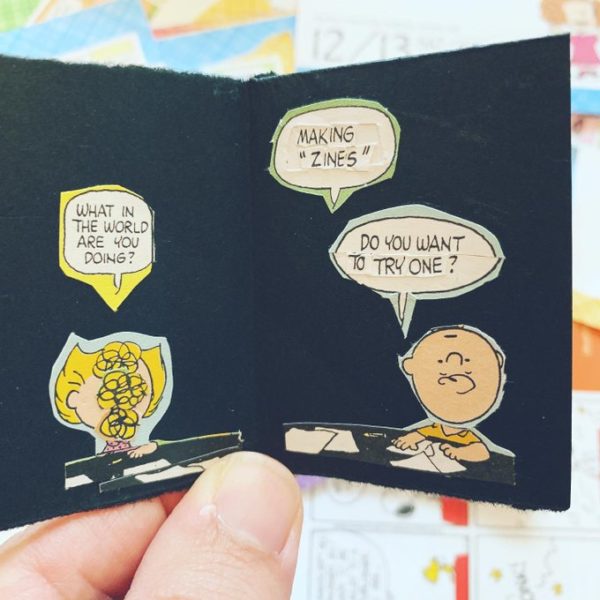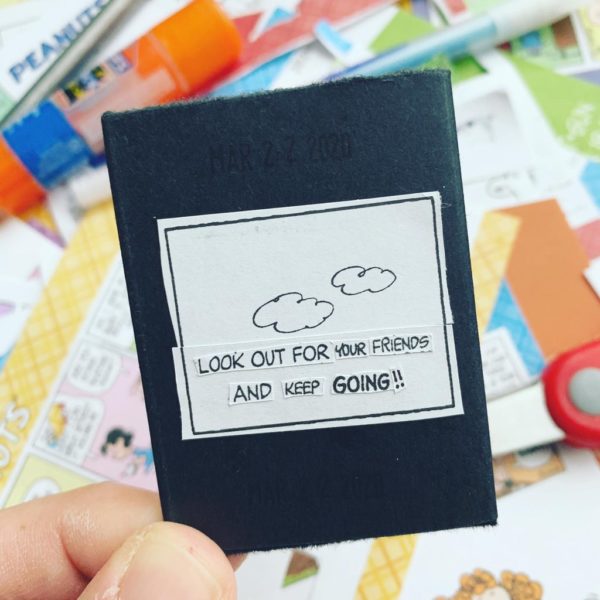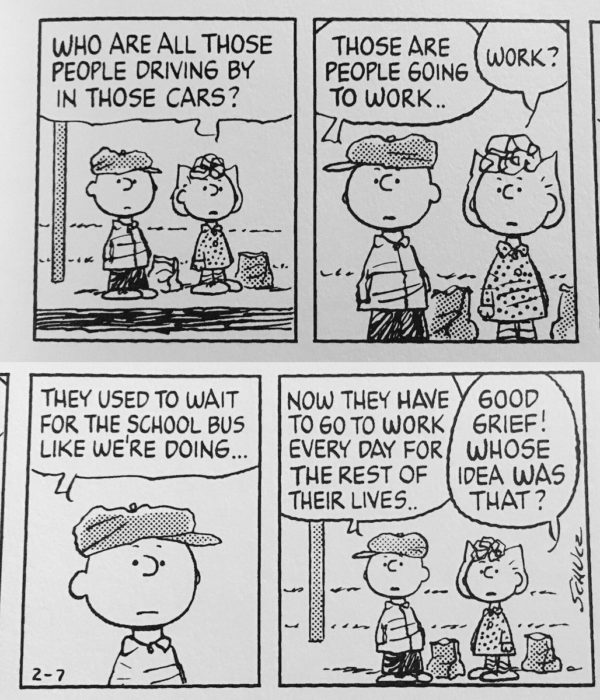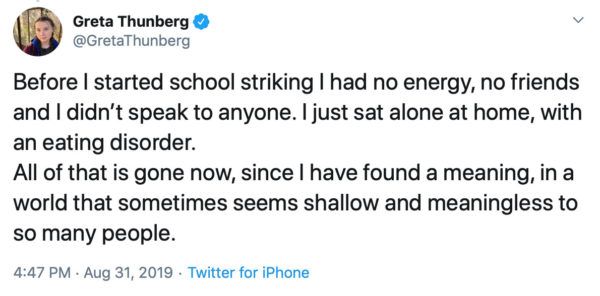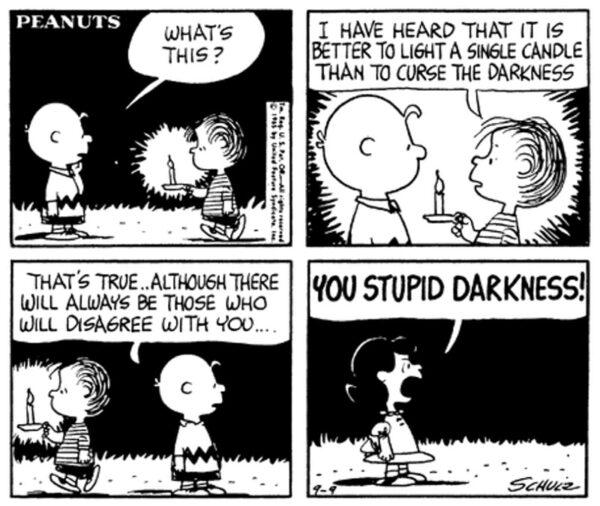
My friend Alan Jacobs writes in response to a piece bemoaning the fact that nobody reads Arthur Koestler anymore:
You can curse the darkness, or you can light a candle. You can lament that people don’t know the value of Arthur Koestler’s work, or you can write an essay that seeks to call readers’ attention to his best writing. If young people today do not know of events or artists or thinkers or works that you think they would benefit from knowing, you can tell them. That’s one of the main things writers are for.
I am big on being a “curious elder” — and one way, I think, to expand the curious elder idea is to not just be curious about what young people are into, but to also share your curiosity about the world in a way that is generous but without expectation. To point out the things you think are good… just in case somebody, maybe even somebody younger, is looking for them.
(I should note I found the Peanuts comic by looking up the origins of the phrase.)
Related: “Be the candle or the mirror that reflects it.”
